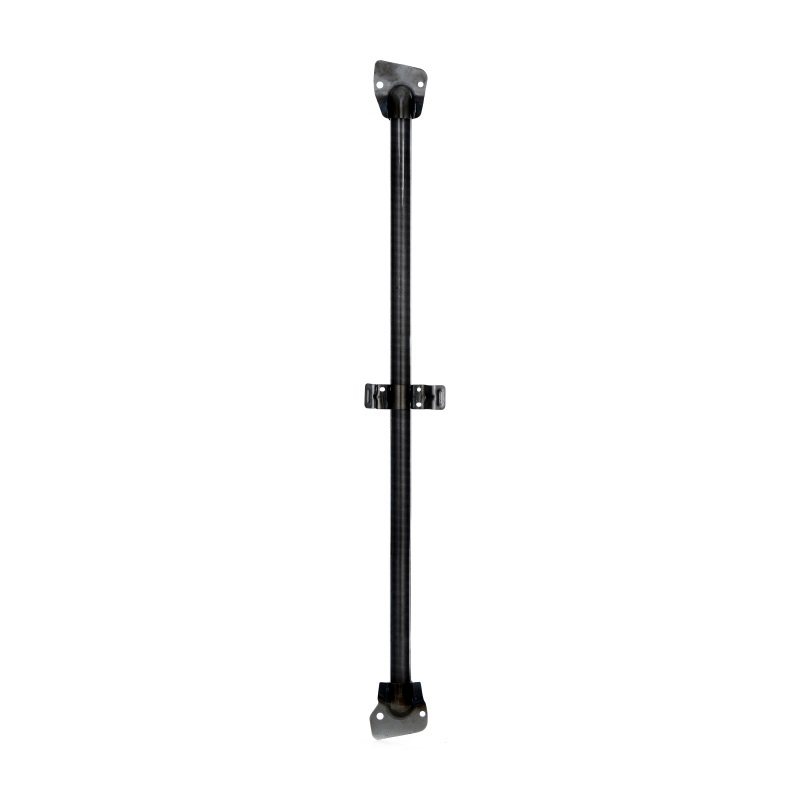metal furniture parts
2 月 . 14, 2025 05:49
 Metal furniture parts play an indispensable role in the durability and aesthetic appeal of modern home and office furnishings
Metal furniture parts play an indispensable role in the durability and aesthetic appeal of modern home and office furnishings. As the demand for robust and stylish furniture increases, understanding the nuances of metal furniture components becomes paramount for both consumers and manufacturers alike. This article delves into the intricacies of metal furniture parts, offering insights from industry experts and sharing genuine experiences, ensuring an authoritative and trustworthy guide for anyone interested in the subject.

Metal furniture components are not merely functional; they are critical in determining the longevity and reliability of a piece. From the robust steel frameworks that form the backbone of industrial design to the intricate aluminum and brass detailing often seen in high-end decor, each type of metal offers unique properties that suit different applications. For instance, stainless steel is celebrated for its resistance to rust and corrosion, making it ideal for outdoor furniture. Its sleek, modern look also complements minimalist interiors, appealing to those who prefer understated elegance.
Aluminum, on the other hand, is prized for its light weight yet strong structural properties. This makes it a favorite for furniture that may need to be moved frequently, such as patio sets or modular office systems. Despite its lightweight nature, aluminum does not compromise on strength, ensuring that furniture remains stable and sturdy. The corrosion resistance of aluminum also means that it holds up well over time, even in environments that may otherwise degrade lesser materials.

The expertise of using metal furniture parts extends to the finishing processes that enhance both the durability and the visual appeal of these pieces. Powder coating and anodizing are two prevalent techniques used to protect metal surfaces. Powder coating provides a tough, uniform finish that is resilient to chips and scratches, while anodizing not only enhances corrosion resistance but also allows for different color finishes, thus broadening the design possibilities.
The precision involved in manufacturing metal furniture parts cannot be overstated. Advanced techniques such as laser cutting and CNC (Computer Numerical Control) machining ensure that components are produced with exacting standards, meeting both functional and aesthetic requirements. These technologies allow for intricate designs that would be impossible to achieve with traditional methods, underscoring the importance of innovation in maintaining a competitive edge in the furniture industry.
metal furniture parts
Expertise in the field stresses the significance of quality control in the production of metal furniture parts. Rigorous testing and quality assurance processes ensure that each component performs its intended function without fail. Trust is built with consumers when products, backed by warranties and customer satisfaction policies, consistently meet or surpass expectations.
For those involved in the design and manufacturing of furniture, staying updated with trends in metal usage is vital. The shift towards sustainable practices has seen an increase in the use of recycled metals, which strikes a balance between maintaining product integrity and promoting environmental responsibility. This sustainable approach not only appeals to eco-conscious consumers but also aligns with broader global movements towards sustainability.
Incorporating consumer feedback is another critical aspect that cannot be ignored. Real-world experiences shared by users of metal furniture provide invaluable insights into the functionality and appeal of specific materials and designs. For example, feedback on the comfort and usability of metal chair designs can drive further innovation and adaptation, ensuring that products meet user needs more effectively.
In conclusion, the realm of metal furniture parts is vast and complex, intertwining material science, innovative design, and consumer interaction. By leveraging the expertise and experiences within the industry, manufacturers can create products that not only meet but exceed consumer expectations. The commitment to precision, durability, and aesthetics solidifies the position of metal furniture components as a cornerstone of modern furnishings, ensuring they remain timeless pieces in homes and offices for years to come.


